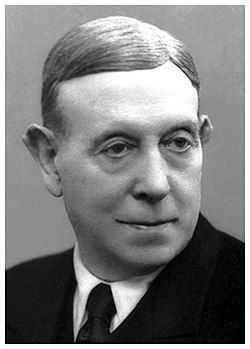The Dark Side of the Nobel Prize of the Portuguese Egas Moniz
- correio_da_historia

- Sep 6
- 1 min read

The name of António Egas Moniz holds a singular place in Portuguese history. A physician and man of science, he became known for a procedure now recognised as a painful mistake: the lobotomy. The operation consisted of cutting connections in the brains of severely mentally ill patients. The outcome rarely lived up to the initial promises. Many patients were left apathetic, without energy or identity, surviving without truly living.
The practice spread quickly. In the United States, thousands of people underwent the operation. In Denmark, shockingly, the method continued until the early 1980s, even being applied to citizens with intellectual disabilities. The persistence of this intervention reveals how easily medicine can deceive itself with false solutions.
The career of Egas Moniz was not confined to this field. Earlier achievements in the study of the brain earned him international recognition. In 1949, the Nobel Prize crowned his path, with particular emphasis on the lobotomy. The Estado Novo regime seized the opportunity to present Portugal as a nation capable of asserting itself in world science, transforming the award into national propaganda.
Lisbon was the stage for the experiments that paved the way to the prize. Hospitals linked to the University served as the setting for the application of the technique, supported by official bodies that funded research. The international celebration ended up rewarding a practice that only a few years later would fall into disrepute.
Paulo Freitas do Amaral – Professor, Historian and Author





Comments